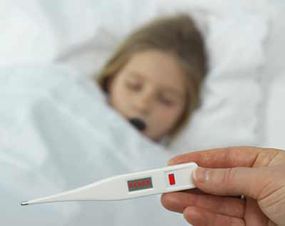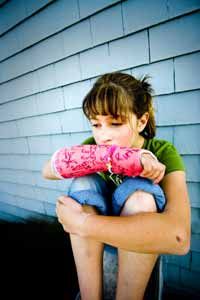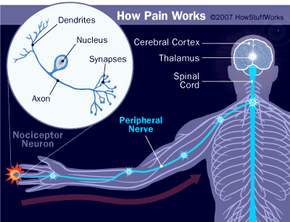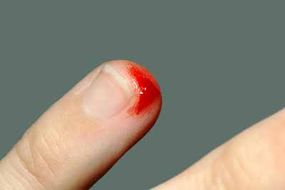Superhero gifts come in all shapes and sizes, identifying their owners as someone apart. A girl on an episode of "Grey's Anatomy" thought she was a superhero because she felt no pain. You could kick her, pinch her, scrape her, burn her -- she wouldn't flinch. But she wasn't a superhero. She had a rare disorder called congenital insensitivity to pain.
You might think that not being able to feel pain would be a blessing. No tears, no painkillers, no lingering aches. But really, not being able to feel pain is dangerous. Pain tells you when you've pushed too far, when you're in a situation you need to get out of and when something is terribly wrong. If you step on a piece of glass or bang your head too hard, you know you need medical attention. But what if you never felt it?
Advertisement
Congenital insensitivity to pain and congenital insensitivity to pain with anhidrosis (CIPA) are part of a family of disorders called HSAN, which stands for hereditary sensory and autonomic neuropathy. We'll discuss HSAN more later, but basically, people with an HSAN disorder have trouble perceiving pain and temperature.
People with congenital insensitivity to pain and CIPA have a severe loss of sensory perception. They can feel pressure, but not pain, so they are likely to injure or mutilate themselves without meaning to. They might know they slammed their hand in the door, it just doesn't hurt. This inability to feel physical pain does not extend to emotional pain -- people with CIPA feel emotional pain just like anyone else.
In this article, we'll discuss what CIPA is and what it's like to grow up with CIPA. We'll also talk about how people with CIPA cope with the disorder in their daily lives.
Advertisement






